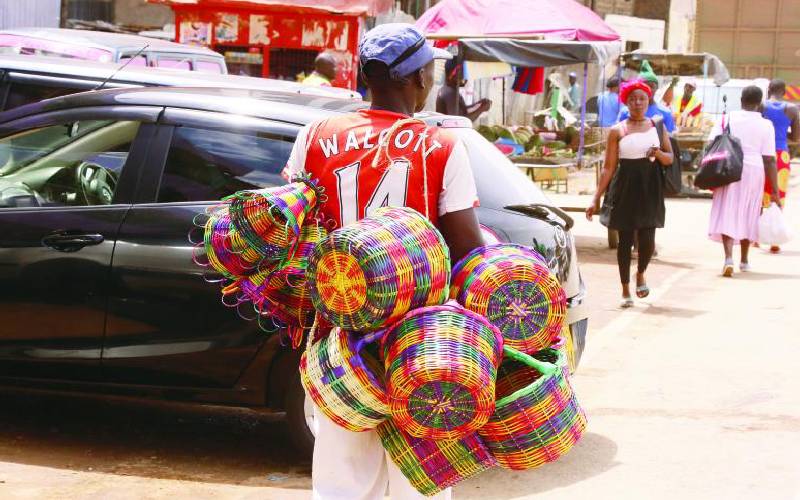×
The Standard e-Paper
Stay Informed, Even Offline

At least 200,000 Kenyans joining the labour market are unemployable, according to new findings that compound the high joblessness levels.
Among the reasons is that the affected group fell victim to the widening inequalities which have skewed access to education and healthcare.